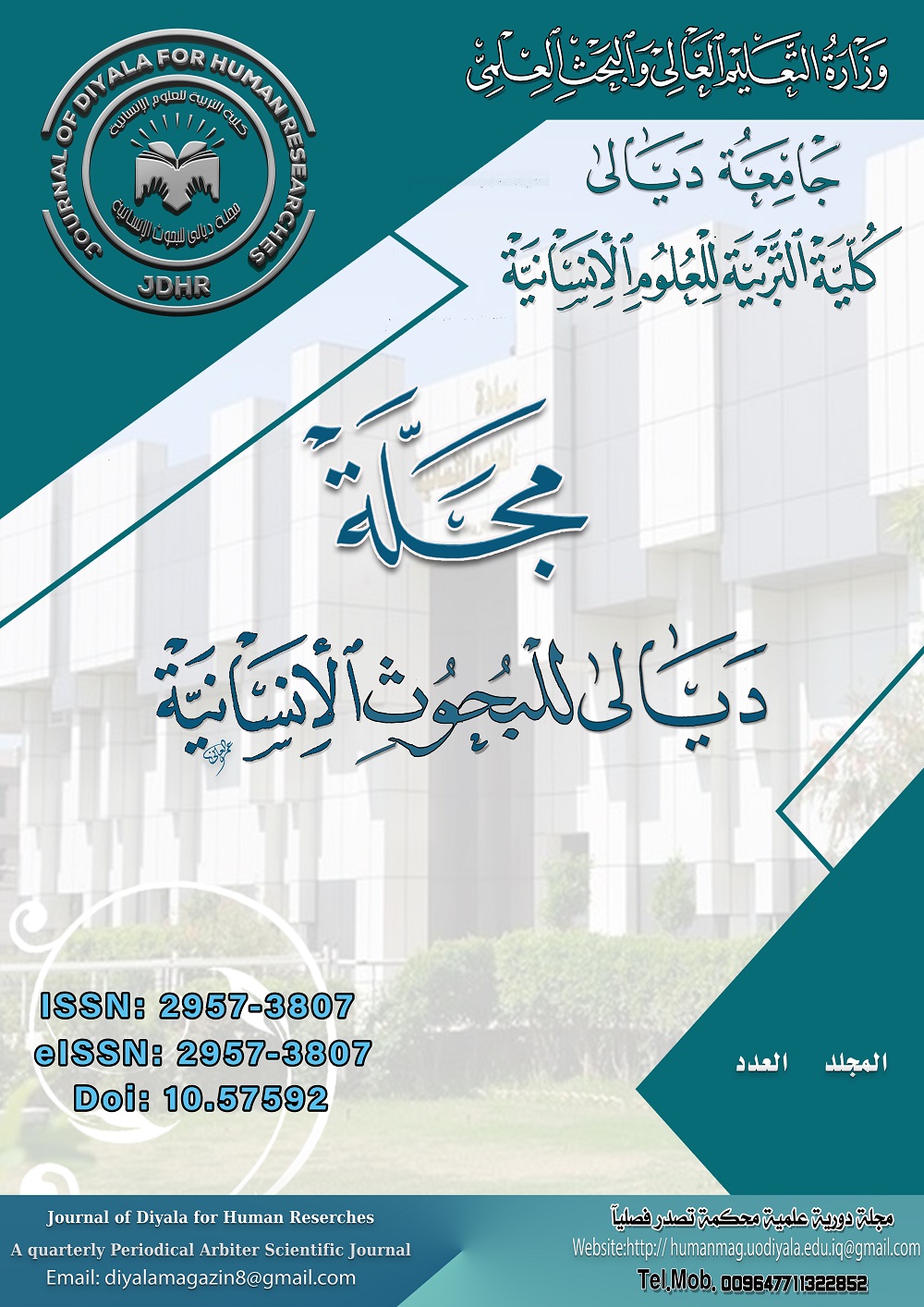The Relation Between Cognitive Chunking Model, Semantic Networks Theory and the Cognitive Slow Learning
DOI:
https://doi.org/10.57592/djhr.v2i96.3056Abstract
This study is an attempt to investigate the effect of the repetition method on the cognitive chunking to create semantic networks and the relation between them, and how can this reflect on enhancing slow learners' abilities. The cognitive chunking model depends on Miller's (1956) , while the semantic networks model for analysis the linguistic units relies on Traxler (2012) who basically depends on the work of (Collins & Loftus, 1975; Collins & Quillian, 1972; Rips, Shoben & Smith, 1973; Smith, Shoben, & Rips, 1974) who deal with linguistic texts from an artificial intelligence point of view. The previous models have been used because they are closely related to the processes of storage, production and mental retrieval of conceptual data that comes from the inputs. This will help us to understand how repetition can participate in creating language units that can be activated to create other linguistic units. To achieve the aim of the study, two types of procedures have been followed: theoretical and practical. The theoretical part consists of presenting a brief theoretical framework of cognitive chunking according to Miller (1956), and the semantic network model relies on Traxler (2012) who basically depends on the work of (Collins & Loftus, 1975; Collins & Quillian, 1972; Rips, Shoben & Smith, 1973; Smith, Shoben, & Rips, 1974). On other hand, the paper will also give a theoretical framework for the cognitive slow learning syndrome. The practical part consists of analysing linguistic units from English for Iraq 2nd Primary Book, unit three, lesson 3(Here's my house) pages 26-27 depending on the semantic network model.
The study shows that repeatation method plays essential role in cognitive chunking and semantic networks which can clearly contribute to raising the level of learning for those who suffer from cognitive slow learning and thus increase the input sum over time. Over time this can contribute to the development of other conceptual mechanisms that depend on stored input data and, thus help to reach the threshold of knowledge and creativity explosion.
Downloads
Published
Issue
Section
License
Copyright (c) 2023 هذه مقالة وصول مفتوح بموجب ترخيص CC BY 4.0 (http://creativecommons.org/licenses/by/4.0/)

This work is licensed under a Creative Commons Attribution 4.0 International License.

